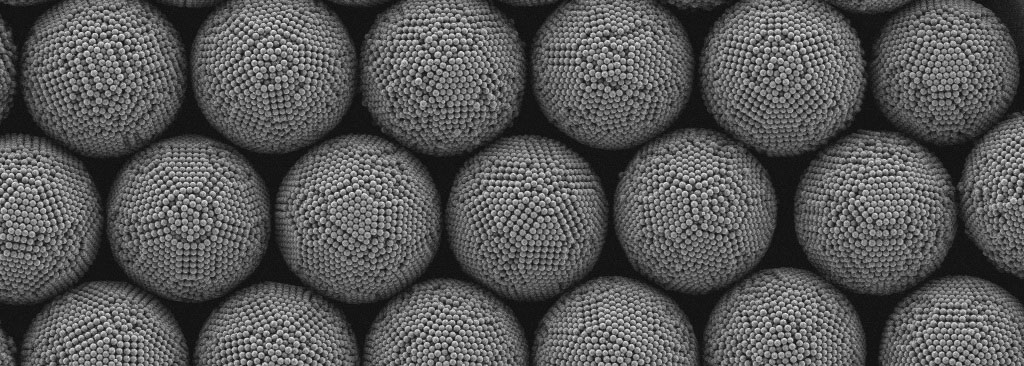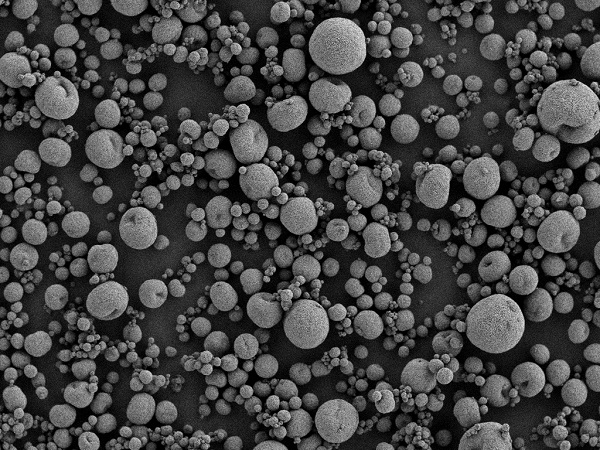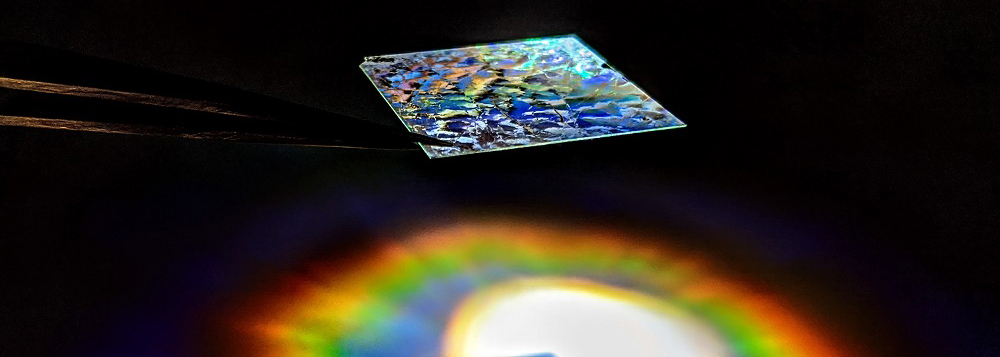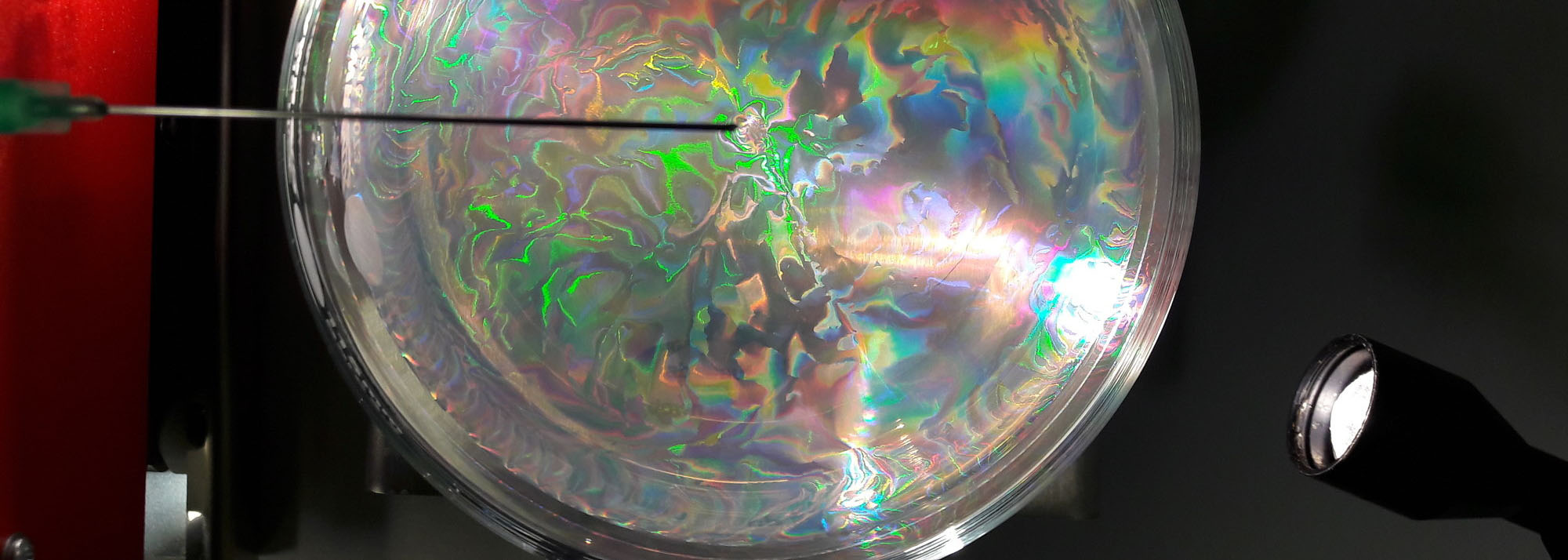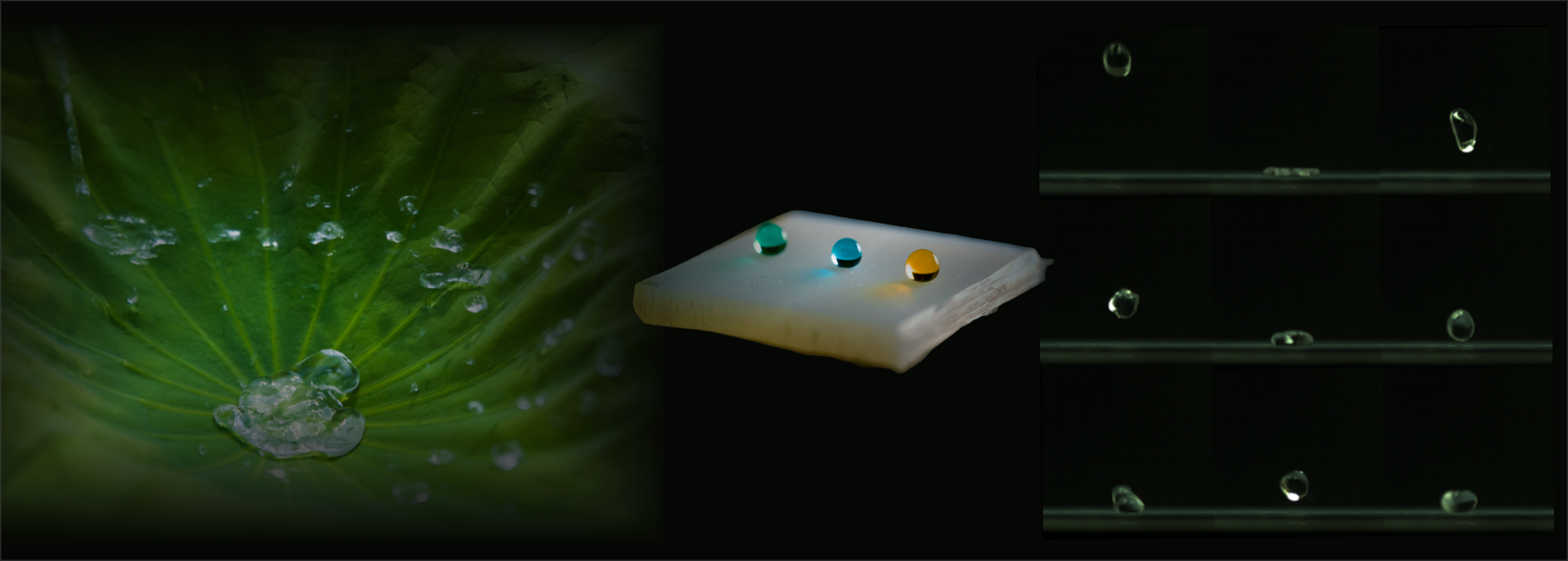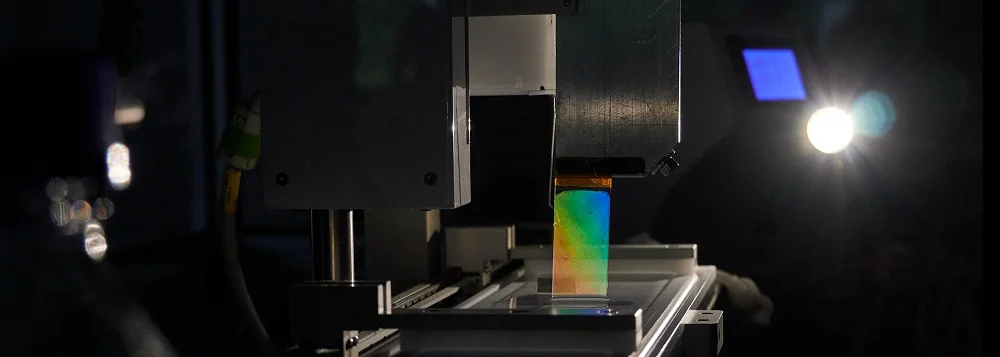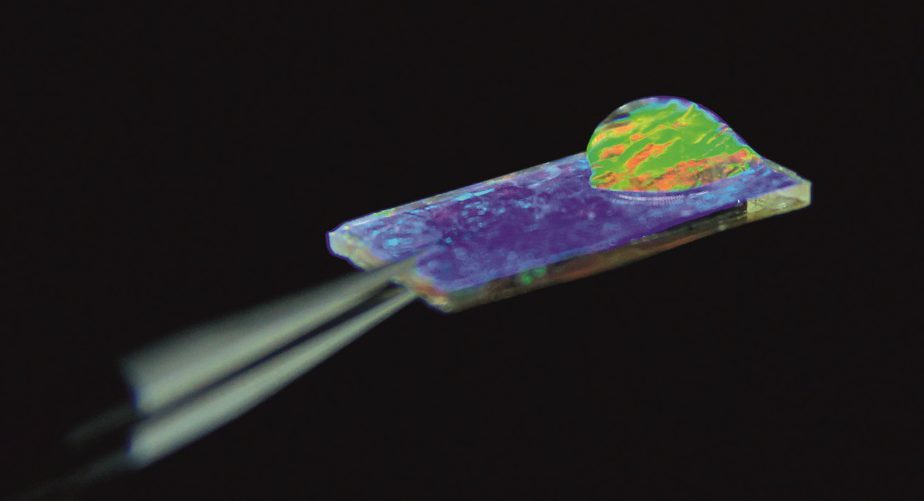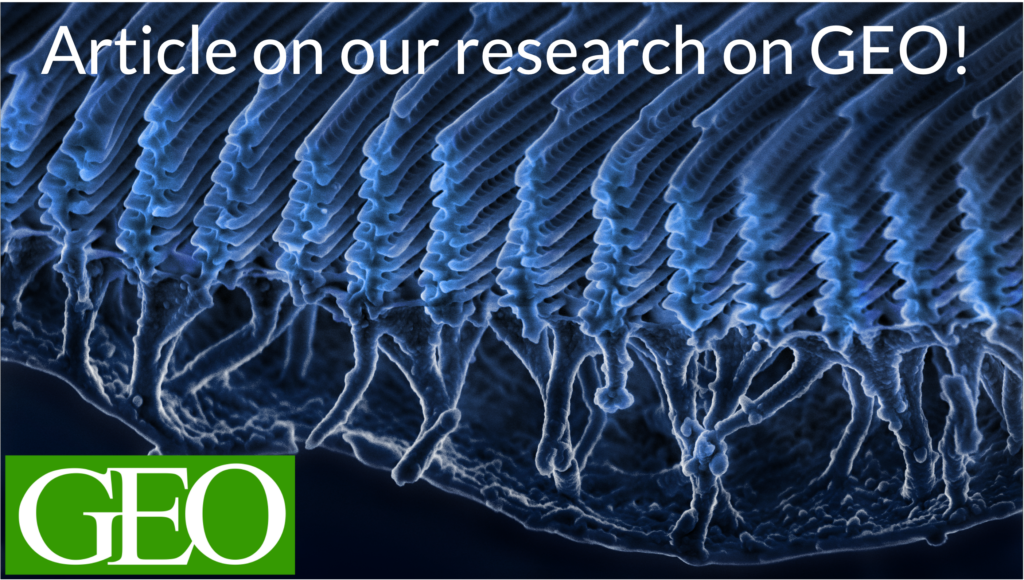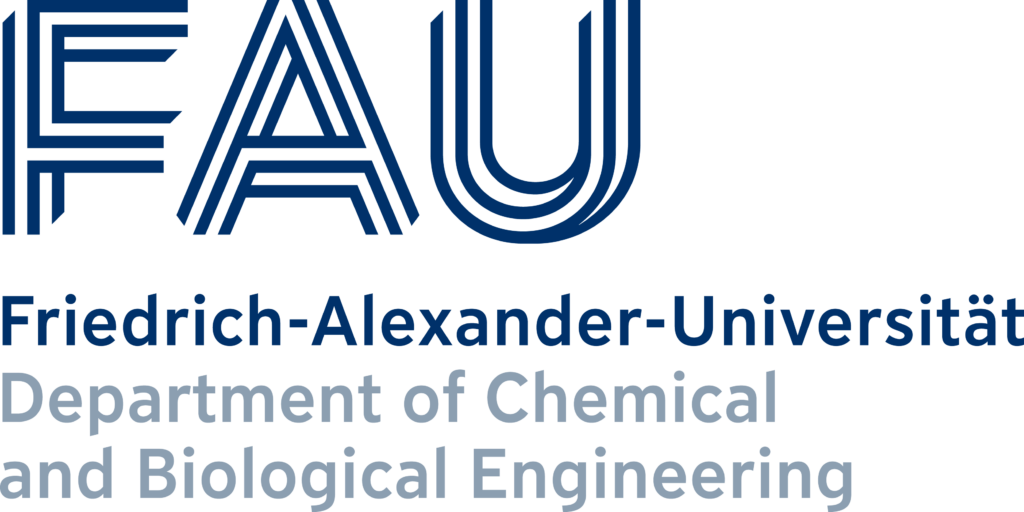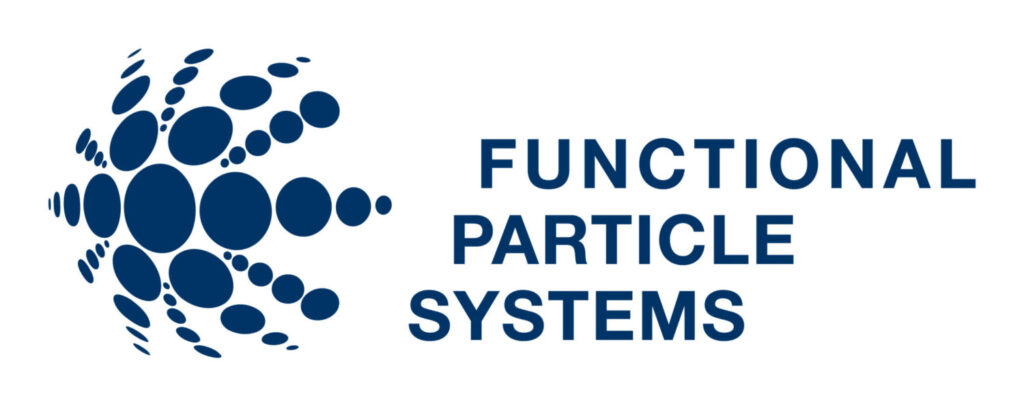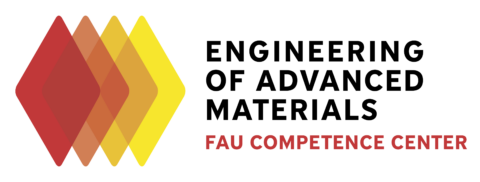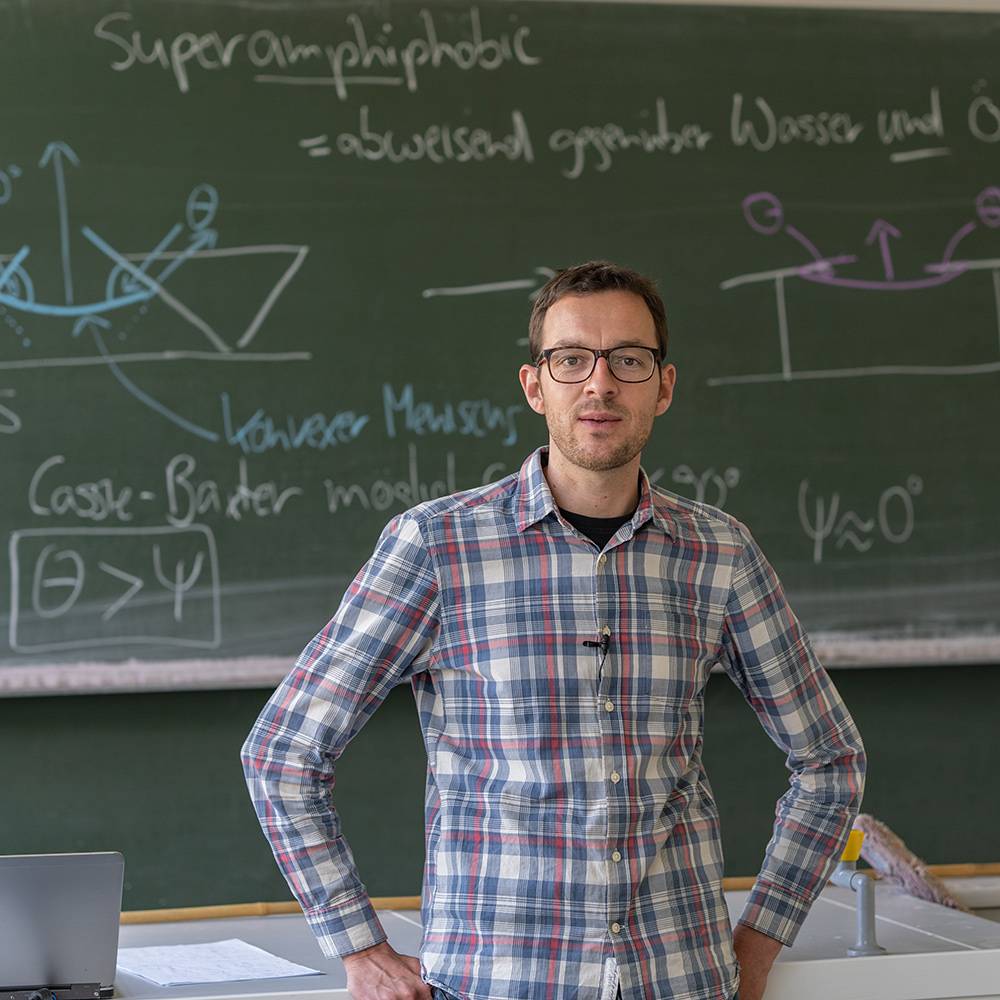
Welcome to the lab of Prof. Nicolas Vogel!
Research in the self-assembled materials group gravitates around the self-organization of colloidal particles. We seek a fundamental understanding of self-assembly processes to create defined nanostructured materials and surfaces. We investigate the emergence of functional properties from such structures, for example to control the wetting of a surface, to create vivid structural coloration, or to fabricate plasmonic nanostructure arrays.
We are proudly part of
